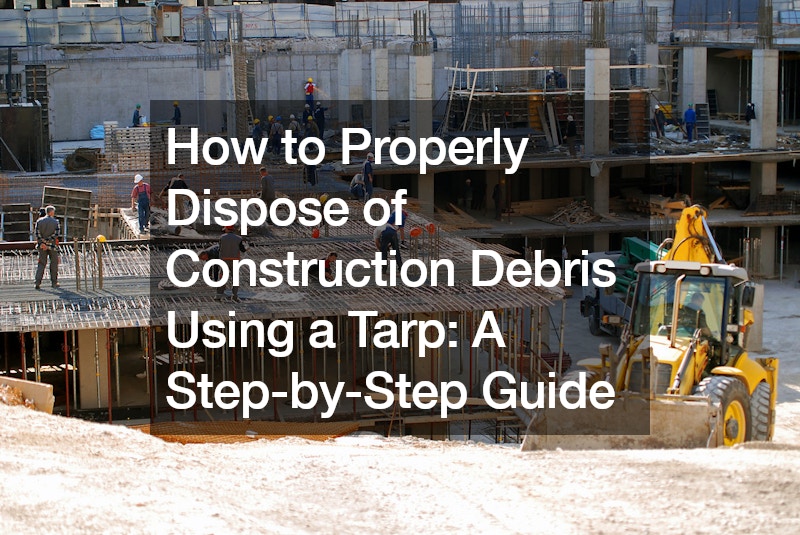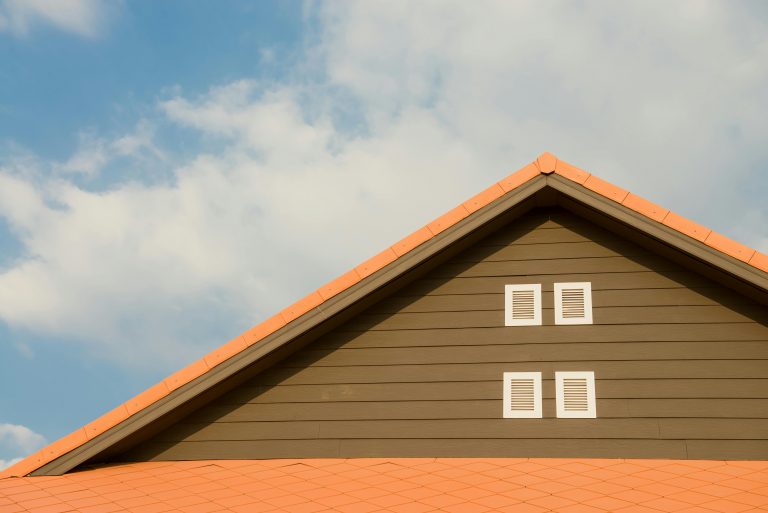

Introduction: Construction projects often leave behind a mess of debris that needs to be properly disposed of. Whether you’re a homeowner tackling a DIY project or a professional contractor, knowing how to handle construction waste responsibly is crucial. In this comprehensive guide, we’ll walk you through using a construction debris tarp to effectively collect and dispose of waste materials, ensuring a clean and organized work area while adhering to proper waste management practices.
Step 1: Gather Your Materials Before you begin your construction project, gather the necessary materials for waste disposal. Apart from your usual construction tools and equipment, you’ll need a sturdy consruction debris tarp, ropes or bungee cords for securing the tarp, and appropriate personal protective equipment (PPE) such as gloves and safety goggles.
Step 2: Prepare the Work Area Set up your construction debris tarp in a convenient location near your work area. Lay the tarp flat on the ground, ensuring it covers a sufficient area to collect all debris generated during the project.
Secure the corners and edges of the tarp using ropes or bungee cords to prevent it from shifting or blowing away in the wind.
Step 3: Sort and Segregate Waste As you work on your construction project, sort and segregate waste materials into categories such as wood, metal, plastic, and general debris. This will make the disposal process more efficient and environmentally friendly, as it allows for easier recycling or proper disposal of specific materials.
Step 4: Dispose of Waste Responsibly Once your construction project is complete, or when the debris tarp is full, it’s time to dispose of the waste responsibly. Avoid illegal dumping by following local regulations and guidelines for waste disposal. Depending on your location, you may have several options for disposing of construction debris:
Municipal Waste Collection: Check with your local municipality for scheduled waste collection services or drop-off locations for construction debris. Some cities may offer special collection days for bulky items or construction waste.
Recycling Centers: Many materials commonly found in construction debris, such as wood, metal, and cardboard, can be recycled. Look for nearby recycling centers or facilities that accept construction materials for recycling. Make sure to separate recyclable materials from non-recyclable waste before disposal.
Landfills: If recycling options are not available or feasible, you may need to dispose of certain non-recyclable waste materials at a landfill. Contact your local landfill or waste management facility for information on disposal fees, operating hours, and any special requirements for construction waste disposal.
Step 5: Clean Up and Reuse Once the construction debris has been properly disposed of, it’s time to clean up the work area and prepare for future projects. Fold up the construction debris tarp neatly and store it in a dry, secure location for reuse. Proper tarp maintenance will ensure its longevity and effectiveness for future waste disposal needs. When managing construction debris, homeowners and DIY enthusiasts often ponder the best way to handle the aftermath of their projects. Whether renovating a room or tackling a major home improvement endeavor, proper disposal of construction debris is essential for maintaining a clean and safe environment. This comprehensive guide will delve deeper into effectively using a construction debris tarp for hassle-free disposal.
Step 1: Preparation
Before you begin your project, planning for the proper disposal of construction debris is crucial. One of the most convenient and efficient methods is using a construction debris tarp. Start by ensuring you have a durable and appropriately sized tarp on hand. The tarp should be large enough to accommodate all debris while allowing easy transport and handling.
Step 2: Collection
As you work on your project, collect construction debris such as scrap materials, broken fixtures, and other waste materials. Instead of allowing debris to accumulate haphazardly, place it directly onto the construction debris tarp. This not only keeps your work area organized but also streamlines the cleanup process once your project is complete.
Step 3: Securement
Once your construction debris is gathered on the tarp, it’s time to secure it for transportation. Begin by carefully folding the tarp’s edges over the debris to create a contained bundle. Then, use ropes, bungee cords, or straps to tie down the tarp securely. Ensuring the debris is properly contained and secured prevents it from spilling or scattering during transport, minimizing the risk of accidents and environmental hazards.
Step 4: Transportation
With the construction debris securely bundled and tied down, you can transport it to the designated disposal site. Whether you’re hauling debris to a landfill, recycling center, or designated drop-off location, using a construction debris tarp simplifies the process and helps prevent littering. Remember to follow local regulations and guidelines for waste disposal to ensure compliance and avoid potential fines or penalties.
Step 5: Disposal
Upon arriving at the disposal site, carefully unload the construction debris from the tarp and follow the instructions provided for proper disposal. Some facilities may have specific guidelines for sorting and recycling materials, so adhere to their requirements. Once the debris has been deposited, fold up the tarp for future use or disposal, keeping it clean and free of debris for the next project.
In conclusion, a construction debris tarp is a practical and efficient solution for managing waste generated during home improvement projects. By following these simple steps, you can ensure that your construction debris is safely contained, transported, and disposed of by environmental regulations. Whether you’re a seasoned DIYer or tackling your first home renovation project, incorporating a construction debris tarp into your cleanup routine can streamline the process and contribute to a cleaner, healthier living environment.
.








